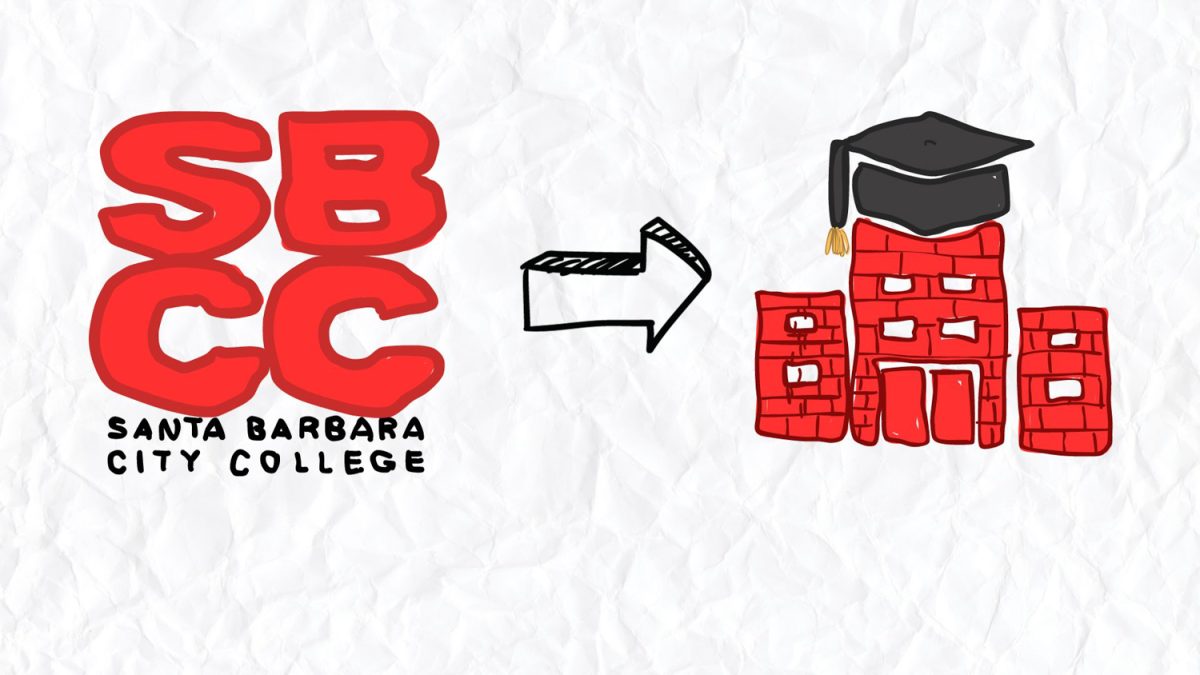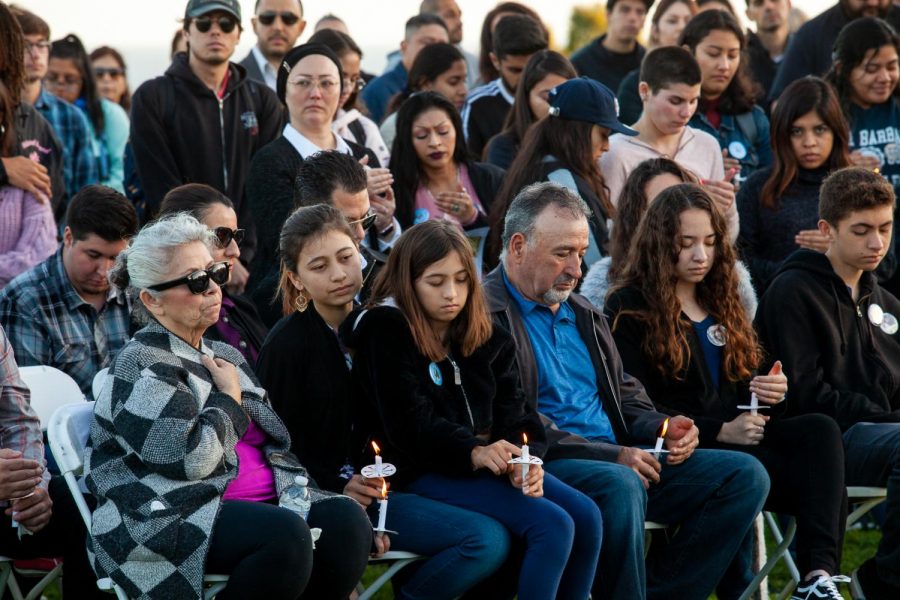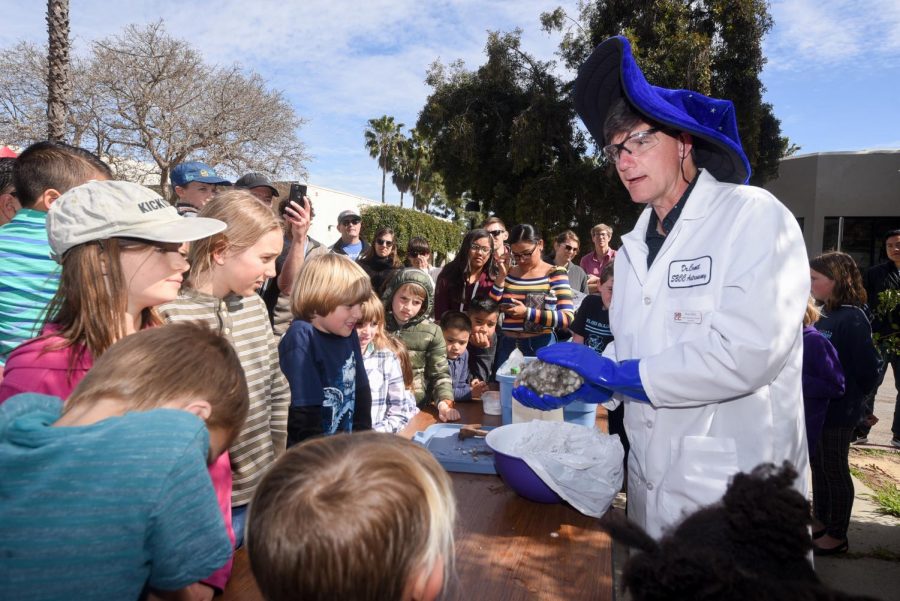City College was recorded as having the fifth highest transfer rate of UC students among community colleges in California. With roughly 1100 students transferring to UC or CSU campuses each year, many students enroll at City College with hopes of transferring to a four year institution. Navigating the assistance that each resource at City College offers, however, can make the transfer process all the more complicated. When a City College student reaps the benefits of all transfer resources, it can not only eliminate stress, but also better their applications.
Academic Counseling
The first step to take when preparing to transfer is making an appointment with an academic counselor. Academic counselors specialize in course planning to make sure that students receive enough transferable credits before transferring, and are taking the correct required classes for their major and their transfer plan. Appointments can be made on Starfish, which is linked at the top of every student’s personal Pipeline account. On Starfish, students can see the future classes they plan to take and follow this plan accordingly. An academic counselor can also implement courses into this plan during a meeting, so the student can access this information at any time without having to remember what courses the academic counselor advised them to take.
City College offers three General Education (GE) transfer plans that students can follow in order to satisfy admission requirements for the schools that they are interested in. Intersegmental General Education Transfer Curriculum (IGETC) is the most popular, as it covers CSU and UC requirements and is the most general plan, allowing students to keep their options open. CSU G.E. Breadth focuses on CSU transferable credits, and Individual Campus G.E. is the most limiting of the three as it focuses on a specific campus goal.
In order to transfer to a UC, 60 transferable credits are required with a minimum of a 2.4 GPA for California residents and a 2.8 GPA for out-of-state or international students. When selecting classes on the SBCC website, each course includes its number of credits and whether or not it is UC or CSU transferable.
Out-of-state or private schools each maintain their own course preferences, which are often not available until after a student is accepted. Only then can a student learn how many of their credits transfer over to this school, and how many classes they may need to retake. Therefore, if a student is interested in a private or out-of-state school, their courses are not particularly relevant on their application. It is important to visit the Academic Counseling Center as soon as possible, as some courses at City College are only available during a given semester, and universities can make regular changes to their transfer requirements.
Transfer Center
The Transfer Center at City College helps students with general information regarding the transfer process, essay assistance, and application strategy. Additionally, transfer advisors such as Marisa Flores can act as a bridge between an admitted student and their chosen university, sending transcripts and supplemental applications to university representatives.
Flores describes the application process to be a full year long.
“There’s a lot of other things to do in between the time that they apply and the time that they get admitted,” Flores said.
Within the Transfer Center are two programs that students can become members of: The Transfer Academy and the Transfer Achievement Program (TAP). Anyone who applies online can get accepted to either program, but there are participation requirements as a member.
TAP services first generation students who may be underrepresented in a university, while Transfer Achievement is specific to anyone who is interested in the Transfer Admission Guaruntee (TAG) program, which guarantees admission to any of 6 UC campuses. The main advantage of joining these programs is additional assistance and resources – all members receive an assigned academic counselor with whom they can discuss more wholistic transfer needs that may not be academic, as opposed to non-members that are required to schedule appointments with counselors and only receive course-planning help in a limited time slot.
Transfer advisors cannot provide as much assistance with applying to out-of-state schools as they can with UCs or CSUs. Most students transfer to these California public universities since they can align their credits and transfer more smoothly. One important resource when looking at UC transfer statistics is the UC Information Center, which most notably lists acceptance rates by major.
Transfer advisors do not take appointments and instead welcome walk-ins Monday through Thursday, and virtually over Zoom on Fridays. Here, students can ask questions regarding their odds of being admitted to a university, how to navigate different applications, a university’s offered programs, and more. Having worked in the University of California Santa Barbara (UCSB) admissions before being a faculty member at City College, Flores is familiar with reviewing applications and what schools emphasize what aspects.
Writing Your Application
The transfer application process is much more direct than it was in high school. Most universities do not comprehensively review a transfer application since students are already applying with college-level coursework – hence why acceptance rates are usually significantly higher for transfer applicants than they are for freshman. Universities put way more of an emphasis on a transfer’s GPA when reviewing their application.
“GPA is the most important thing,” Flores said.
Schools that look at applications in depth are those that are more prestigious, such as UCLA or UC Berkeley, and any out-of-state schools, considering the fact that they cannot base acceptance off of a student’s completed coursework. In these cases, personal essays have more influence in admission.
Flores spends a lot of time working with students on their four UC personal insight questions, which are necessary for both freshman and transfer applicants to complete. While other schools may format their personal essays differently, she says that the prompts of the UC personal insight questions can be applicable to other applications.
In general, Flores says that personal essays should always be a reflection of yourself.
“They’re looking for character,” Flores said. “And they’re looking for experiences that demonstrate that character.”
It is important to inform university representatives in the essay that you have mastered your academics, time management skills, and other responsibilities. This communicates an applicant’s readiness for the university.
“They want to see experiences that show a student who is responsible,” Flores said. “Sometimes that’s a club, sometimes that’s just work, sometimes that’s family responsibilities. It’s not just one thing.”
Miscellaneous Resources
The annual Transfer Fair brings in university representatives from across the country, going as far as the University of Alabama, to connect with students face-to-face. Especially when applying to private or out-of-state institutions, students can receive specific information regarding university programs that transfer advisors cannot provide.
“Talking to the university reps gives students the nuances of that campus, where we’re only giving them the academic help,” Flores said.
Another resource is the STEM Transfer Program, which helps first generation and underrepresented students in STEM majors. With more intense coursework and more competitive majors, this program provides study skills and general transfer assistance that allows students a support system during the stressful school year.
California Virtual Campus is a database that allows California community college students to search for courses needed to transfer. When certain transfer-required courses aren’t available at City College, students can easily fulfil these requirements from another school and be more prepared to transfer.
The TAG Program allows students to select one of six UC campuses to sign a TAG agreement for, which guarantees their admission. It may sound too good to be true, but many students opt for this option either to ensure a saftey school or to eliminate the uncertainty of getting accepted into the university they favor.
Flores says that the most underutilized resource for transfer students are honors certificates, which are given to those that complete 15 credits of honors courses. This can make students stand out in the crowd when applying to more competitive universities.
The Transfer Center emails a weekly newsletter every Monday to the student body that details transfer opportunities, such as announcements about universities. When another campus is interested in reaching out to City College students, the information regarding such events is always listed in the newsletter.
If Flores is not advising students in the Transfer Center, she can be found participating in workshops that detail UC and CSU applications. Here, advisors give insight on application and essay strategy, and students can receive individual assistance and feedback.





